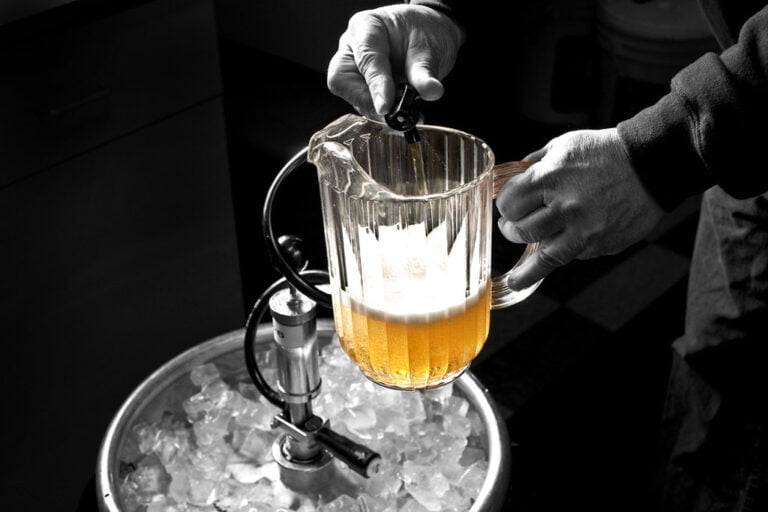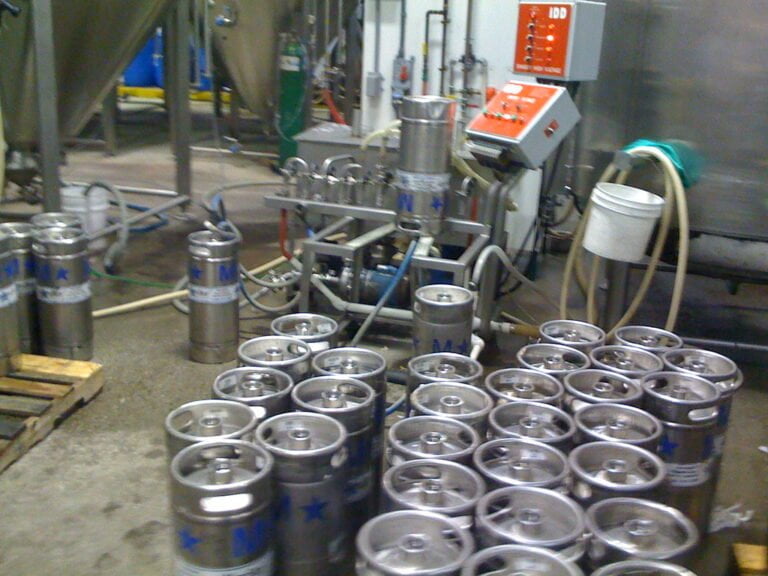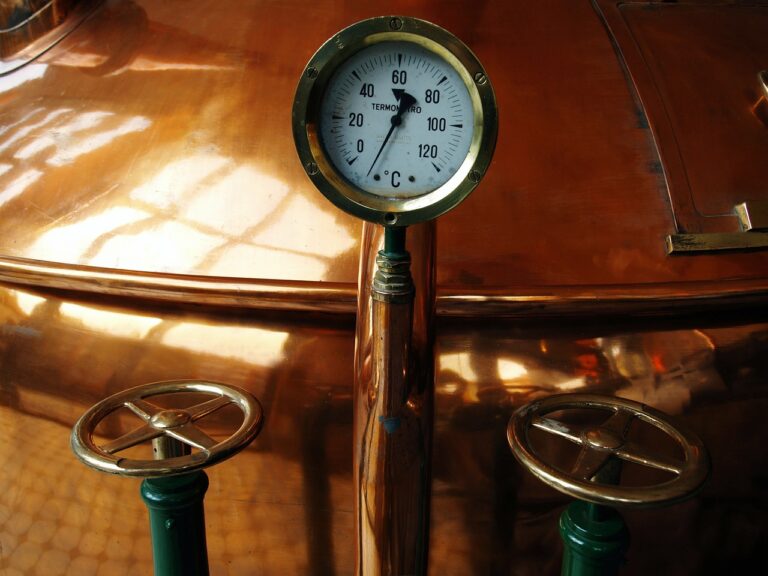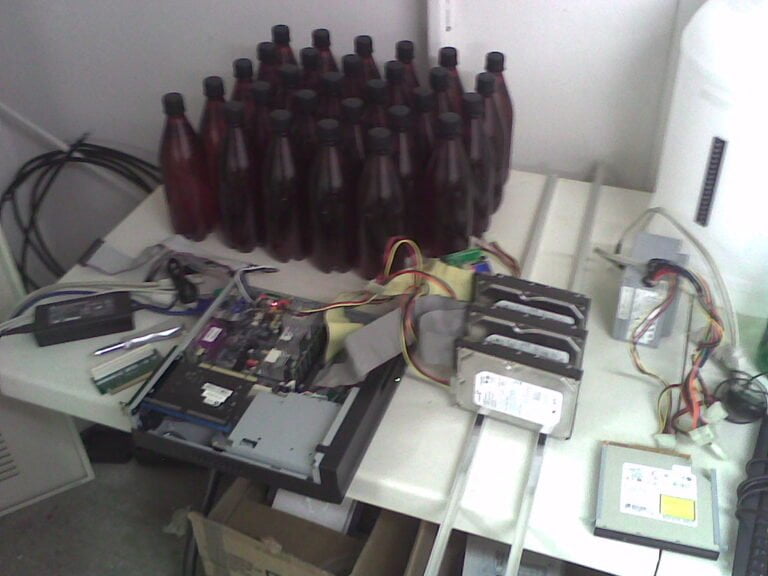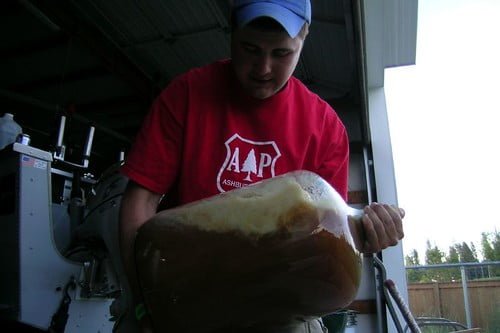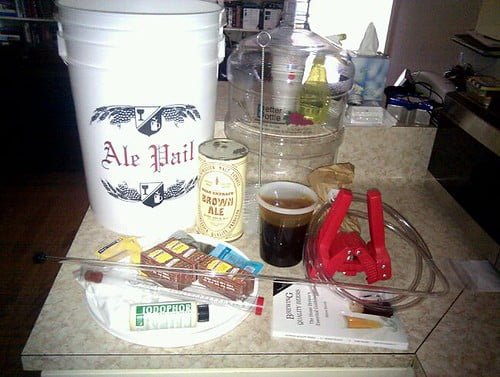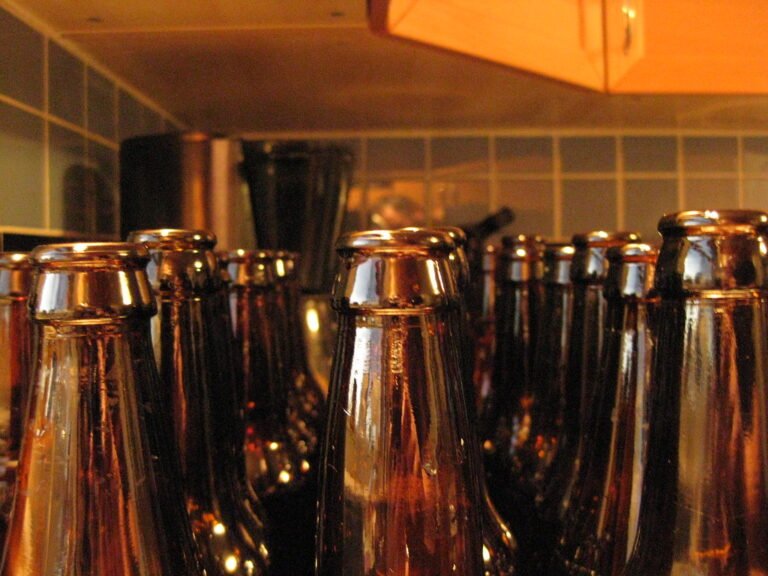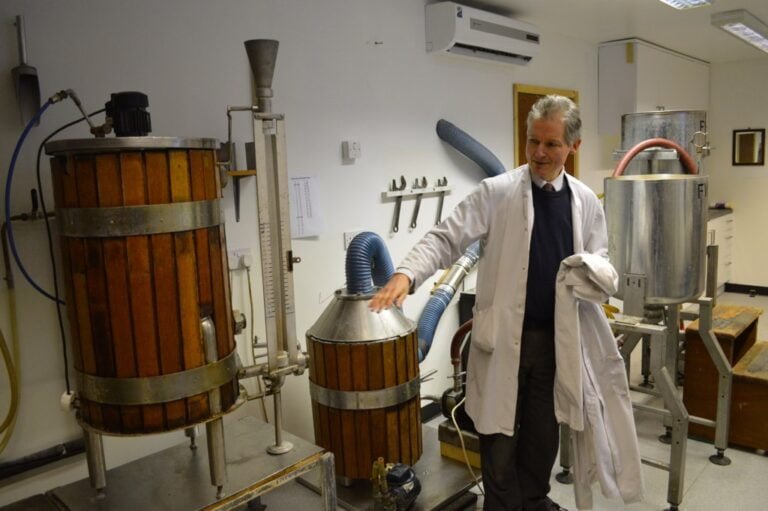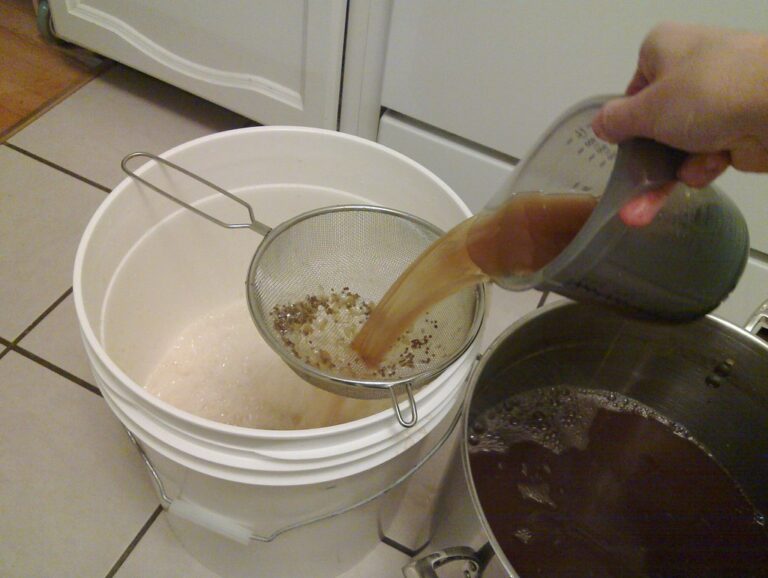Author: Michail
Michail, a dedicated homebrewing aficionado, shares his passion for crafting exceptional beers on this website. With a deep love for the alchemy of brewing, Michail explores the art and science behind creating unique and flavorful brews. Drawing inspiration from tradition and innovation, he invites you on a journey to discover the joy of homebrewing, fostering a community of beer enthusiasts eager to elevate their craft.

